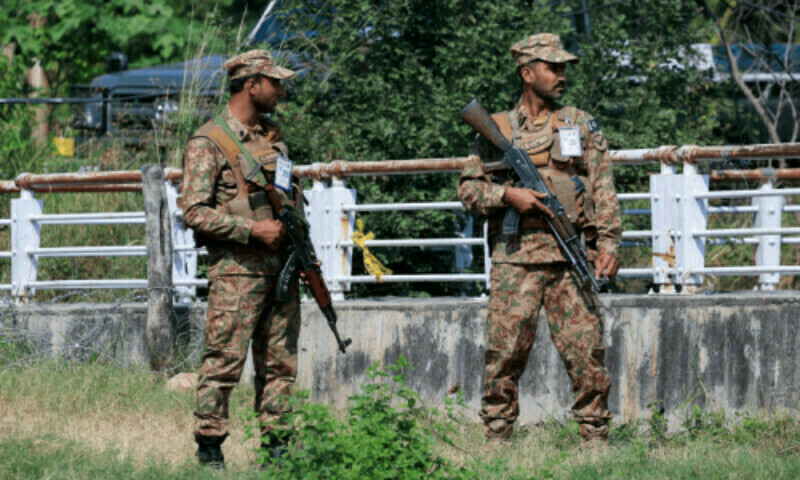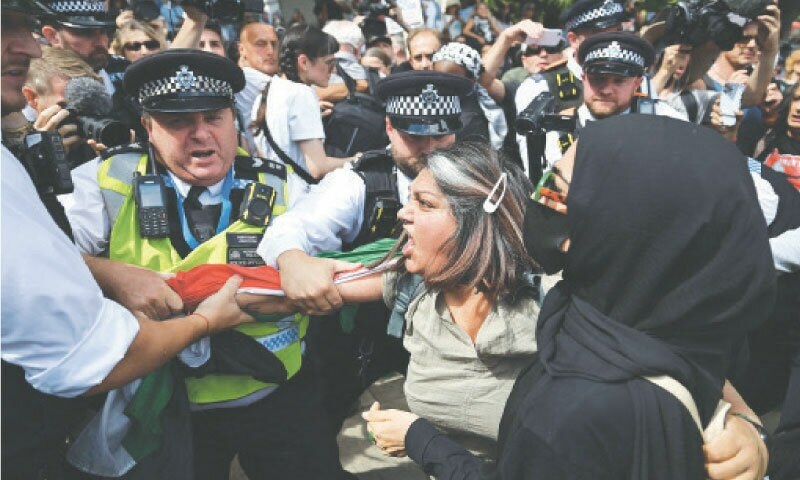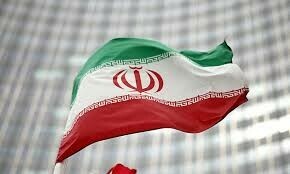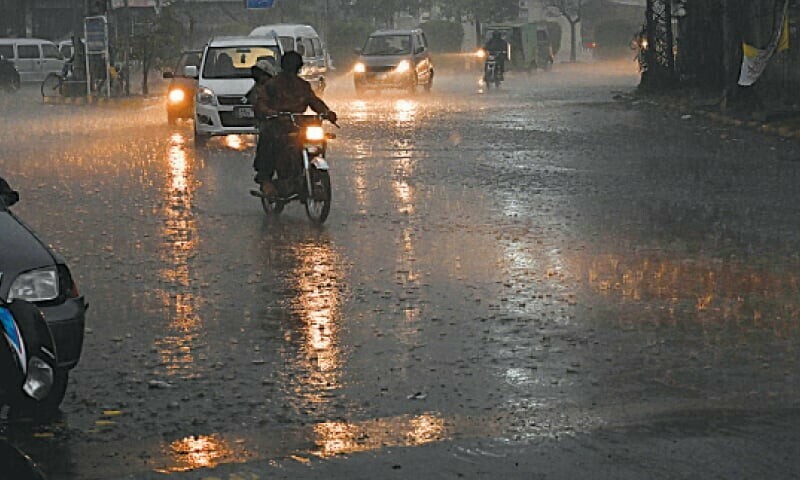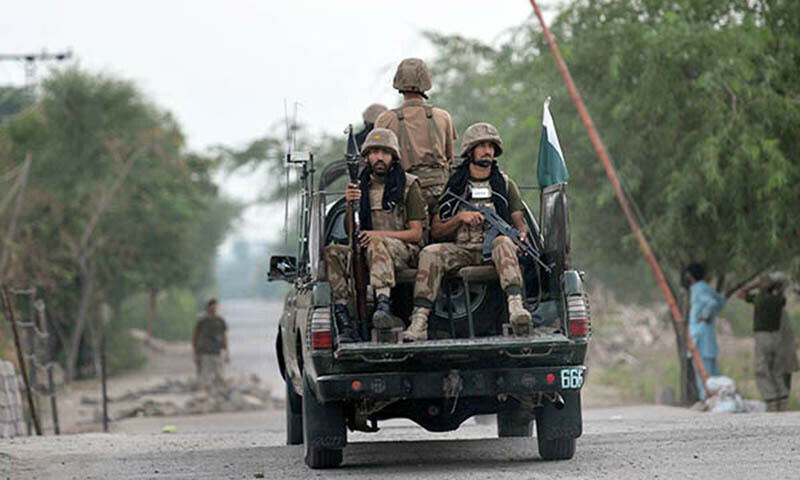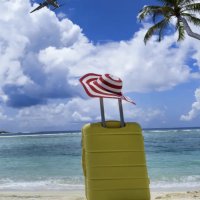For many years now the Maldives islands, lying to the southwest of India and Sri Lanka, have been a huge tourist attraction to those with pockets deep enough to explore them.
Tourism has grown from a cross section of countries and economic systems, including China and Russia, as well as traditional European markets, to what was a British colony until 1965.
Even so, many parts of the world remain unconnected, at least directly, to this tourist idyll.
That should start to change as what has been a decade long construction period for a new runway and terminal building valued at USD1 billion reaches fruition, that design and construction having been undertaken largely by Saudi and Chinese companies. The new terminal opened on 26-Jul-2025.
And it is to those countries that the government will now be looking to provide the additional passengers that will pay for all this, rather than older markets in Europe.
The infrastructure appears to be in place to handle that additional traffic in a variety of accommodation, but hanging over the Maldives is its own Sword of Damocles in the form of rising sea levels, which haven’t yet done the harm they were expected to, but which still could.
Much of the onus on future tourist growth will fall on the tourists themselves and on what risks they are prepared to take. There is no high ground in the Maldives on which to take shelter from, say, a tsunami.
Unless you count 8 feet as high!
Summary
- The second-smallest nation in the Asia Pacific region faces severe ‘climate change’ threats.
- Tourism accounts for 70% of GNP.
- An intriguing array of visitor source countries, led by China … which has designs on the region.
- A close correlation with…Iceland!
- The full complement is 20 airports – or one for every 25,570 residents.
- Malé was a centre of trade long before tourist package holidays originated.
- Malé is well connected to the Middle East and parts of Asia Pacific, but there are few direct long haul flights elsewhere
- A USD1 billion expansion, built by Chinese and Saudi firms and financed out of the Middle East and China, will put Malé even more forcibly on the tourist map.
- Future growth might come from charters, enhanced fly/cruise offers and greater frequencies on established routes.
- A raft of secondary and tertiary level airports to be improved.
The second smallest nation in the Asia Pacific region faces severe ‘climate change’ threats
The Maldives, officially the Republic of Maldives, and historically known as the Maldive Islands, is an archipelagic country in South Asia located in the Indian Ocean and consisting of 1,190 islands.
The islands lie southwest of Sri Lanka and India, approximately 750 kilometres (470 miles) from the Asian continent’s mainland. The Maldives’ chain of 26 atolls stretches across the equator from Ihavandhippolhu Atoll in the north to Addu Atoll in the south; a distance that is twice as long as Sri Lanka.
Maldives: location map
Source: Google Maps.
There are hardly any islands to the south of this vast archipelago until the disputed Chagos Islands, in the British Indian Ocean Territory, about 1,000km away.
The capital of the Maldives, Malé, home to the principal airport, is situated approximately in the centre of the archipelago
The Maldives is the smallest country in Asia. Its land area is only 298 square kilometres (115 square miles), but this is spread over broadly 90,000 square kilometres (35,000 square miles) of the sea, making it one of the world’s most spatially dispersed sovereign states.
With a population of 515,132 in the 2022 census, it is the second least populous country in Asia, and the ninth-smallest country by area – but also one of the most densely populated countries.
The Maldives has an average ground-level elevation of around 1.5 metres (4ft 11 in) above sea level, and a highest natural point of only 2.4 metres (7ft 10 in), making it the world’s lowest-lying country.
Hence, The Maldives faces severe ‘climate change’ threats, primarily from rising sea levels and increasingly frequent and intense extreme weather events, which could lead to widespread flooding, erosion, and damage to critical ecosystems, like coral reefs.
These changes jeopardise the nation’s economy, particularly its tourism and fishing industries, and could displace communities, although these threats have not yet come to fruition to the degree once feared, with flooding and erosion limited to small areas and caused more by intense rainfall than rising sea levels.
Tourism accounts for 70% of GNP
Nevertheless, it is a critical matter because tourism is such a major industry, accounting for 70% of Gross National Product.
Foreign visitor numbers have been rising steadily since 2010, and did not diminish as badly as some other countries during the COVID-19 pandemic; they reached an all-time high in 2024, with over two million of them, while growth in 1H2025, at 9.1%, is slightly higher than that achieved in 2024.
Maldives: annual tourism, visitor numbers/growth from 2009 to 1H2025
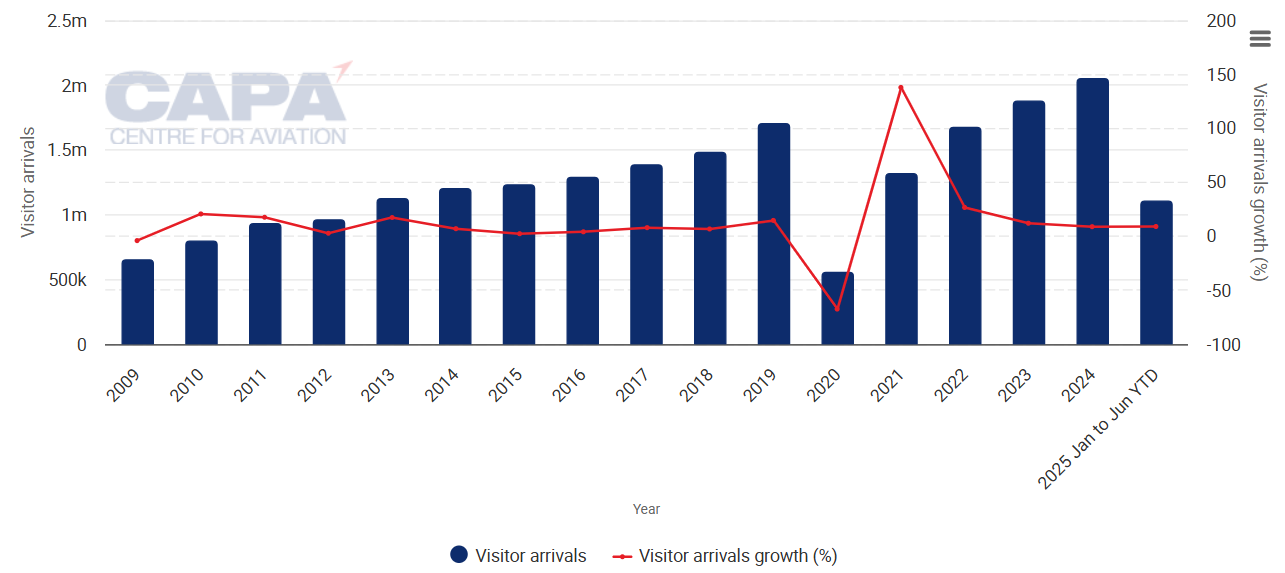
Source: CAPA – Centre for Aviation and Maldives’ Ministry of Tourism.
Tourism has been unashamedly ‘high end’ ultra-luxury, but latterly has diversified in favour of family-friendly accommodation and pricing, with accommodation ranging from ‘island resorts’ to local island guesthouses, and with some of it responding to adventure and water sports enthusiasts.
There is adequate infrastructure provision for the envisaged tourism growth.
The main tourism season is in Jan-Mar and then Oct-Dec, although it was noticeable in 2024 that there was a surge in visits in June to September, which is the monsoon (and cheaper) season.
An intriguing array of visitor source countries, led by China…
No single country dominates the visitor charts and 70% of them are classed as ‘other’ meaning that collectively their numbers are not high enough to record (< 1%).
In fact, the other 30% are disparately split (in order) between China, Germany, Italy, the UK, and Russia; an unusual mix anywhere.
Maldives: visitor arrivals by market for 2024
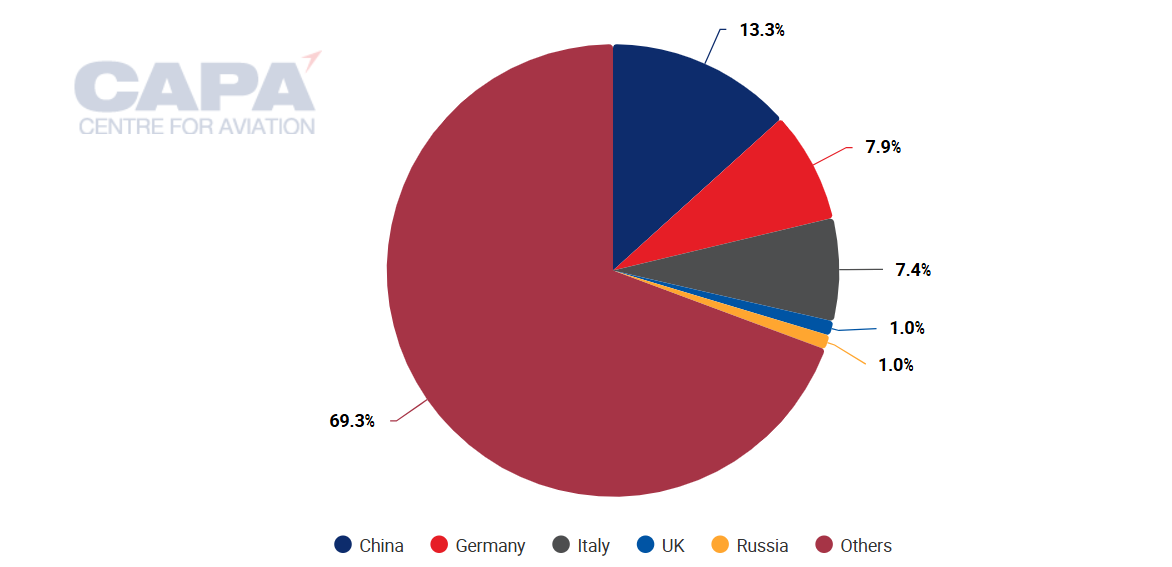
Source: CAPA – Centre for Aviation and Maldives’ Ministry of Tourism.
…which has designs on the region
There should be no surprise about the number of Chinese visitors.
China is keen to expand its influence throughout the Indian Ocean and South Pacific regions, and the major row (earlier in 2025) that broke out concerning the UK’s decision to hand over the Chagos Islands to Mauritius and to lease back its military base there was based on the enhanced propensity for China to exert influence over that base.
Fortunately, the same does not apply to the Maldives.
There are no foreign military bases there – the country’s constitution prohibits their establishment. While the Maldives has hosted military personnel in the past, including a British Royal Air Force base on Gan Island, any foreign military presence is strictly prohibited by the constitution, which was amended in 1998 and 2008. The former RAF Gan airfield is now a civilian airport, Gan International Airport, the second airport in importance after Velana on Malé, as it is the only other international gateway.
But ‘influence’ comes in many forms, and the tourist dollar (or yen in this case) is a popular method of establishing it. Tourism is estimated to be the source of income for broadly half of the population in the Maldives, with fishing also accounting for much of the other half.
Tourism accounts for a significant portion of the country’s GDP and foreign exchange earnings.
A close correlation with…Iceland!
All of which makes it sound a little like a much hotter version of Iceland, which has had a similar division of earnings, and which is now struggling to handle the vast number of tourists that it receives annually.
There is a close correlation of population, visitor numbers and their ratio between the Maldives and Iceland. There were four visitors to every resident in the Maldives in 2024, compared to a ratio of six to one in Iceland.
Neither country can afford to lose tourism completely, as thousands of people would be out of work, but that it might need to be capped in either case is quite possible.
Not that such considerations have been taken into account in either country, where expansion of airports is under way at pace.
The full complement is 20 airports, or one for every 25,570 residents
There are, in total, 20 airports in the Maldives – which is unsurprising, given the nature of its terrain.
These domestic airports are essential for interisland connectivity, making it convenient for tourists and residents to travel between the atolls.
Airports in the Maldives
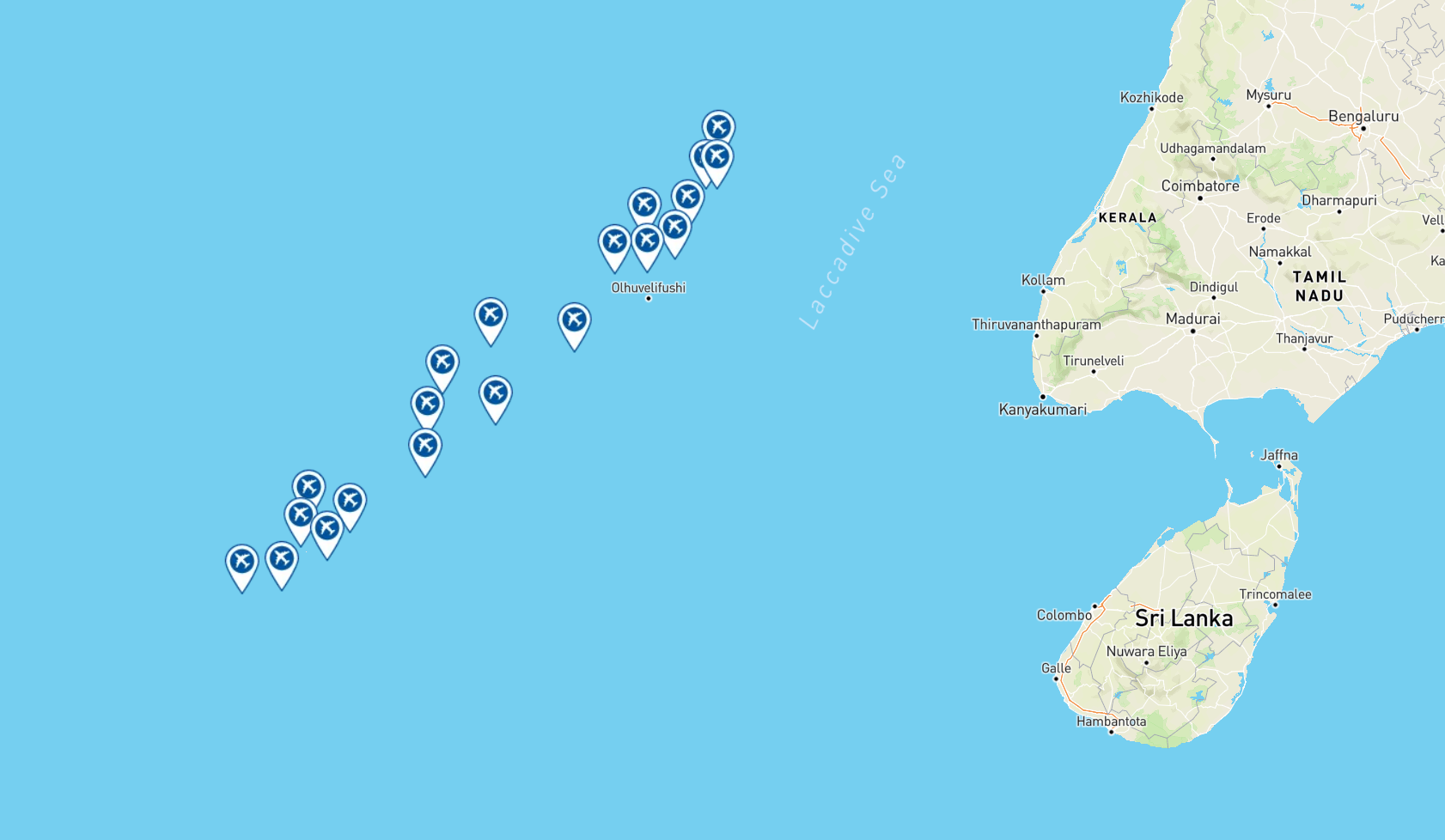
Source: CAPA – Centre for Aviation and OAG.
The two main ones, because they are international, are Velana (Malé) and Gan.
There is a range of international and intercontinental services at Velana, while Gan (the converted military base) was first upgraded for commercial service by the Northern Ireland (UK) company Lagan Construction in 2002, and right now is undergoing a major modernisation project to transform it into a modern aviation hub. The project includes expanding the runway, constructing a new passenger terminal, and enhancing cargo and aviation facilities.
The goal is to accommodate widebody aircraft and significantly increase passenger traffic, boosting tourism and trade. The project is partly funded by a loan from the Exim Bank of India and is expected to be completed in 2025.
Malé was a centre of trade long before tourist package holidays originated
Malé is the capital and the most populated city, historically called the ‘King’s Island’, where the ancient royal dynasties ruled from its central location.
The Maldives has been a trading nation for over 1,000 years, since Arab travellers began visiting the islands. From the mid-16th century, the region came under the increasing influence of European colonial powers, with the Maldives becoming a British protectorate in 1887. Independence from the United Kingdom came in 1965, and a presidential republic was established in 1968, with an elected People’s Majlis.
So the national focus is on Malé and the Velana airport.
Malé Velana International Airport: network map for the week commencing 28-Jul-2025
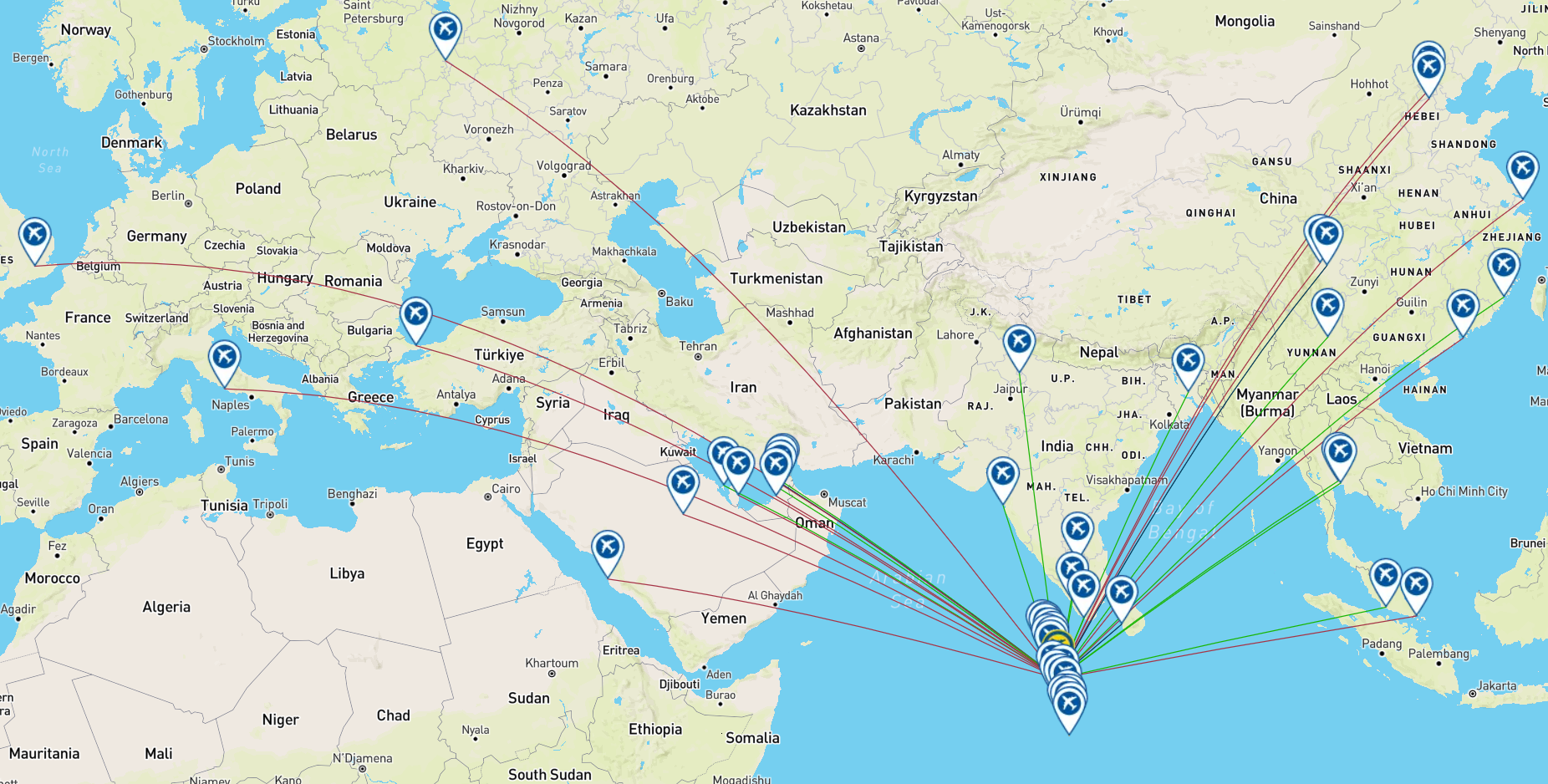
Source: CAPA – Centre for Aviation and OAG.
Well connected to the Middle East and parts of Asia Pacific, but few direct long haul flights elsewhere
As the above map shows, Velana Airport is well connected to the Middle East and to parts of the Asia Pacific region – especially China – but not so much to Europe, and with a dearth of connections to the Americas, Africa and Australasia.
USD1 billion expansion, built by Chinese and Saudi firms and financed out of the Middle East and China, will put Malé even more forcibly on the tourist map
With tourism as a major industry, the government is now carrying out a USD1 billion expansion of Velana International Airport: its largest by far, to date.
Construction began in 2016, and is expected to be completed in 2025 when the passenger capacity will expand to seven million passengers annually, from three million now, with an increase also in cargo tonnage (which has a capacity of 120,000 tonnes per annum).
The new terminal is scheduled for a progressive opening, with full operations expected to transition to the new facility by 26-Oct-2025. It was inaugurated on 26-Jul-2025 with 47 check in counters, six self service kiosks, 20 departure immigration counters, six boarding gates and 12 aerobridges.
The main contractors are:
Beijing Urban Construction Group – which had the responsibility for building the new 3,400-metre long, 65-metre wide runway. That project was completed in Mar-2024.
Saudi Binladin Group – which has been the design and build contractor for the new terminal, built on 78,000sqm of reclaimed land. The contract value was approximately USD800 million out of a total investment of USD1 billion.
Additional Contractors & Consultants included: China Aviation Planning and Design Institute (the lead design firm); AECOM Asia Co. Ltd (design consultant), Landrum & Brown (lead consultant for runway and seaplane terminal studies).
The main funding sources were the Abu Dhabi Fund for Development, Kuwait Fund, and China Eximbank (which provided USD374 million preferential buyer’s credit).
Future growth might come from charters, enhanced fly/cruise offers and greater frequencies on established routes
So where does this leave the Velana airport now?
Its passenger traffic growth has been consistent, but not as consistent as the tourism figures. The Maldives also host cruise liners, for some of which it is the destination rather than merely a stop-off point.
While it is difficult to pinpoint the exact percentage increase in cruise traffic to the Maldives over the last 10 years, it’s clear that the Maldives has experienced a significant rise in cruise tourism, especially in the pre-pandemic era.
In 2019 around 50 cruise ships visited the Maldives, each carrying up to 2,000 passengers. Though the COVID-19 pandemic caused a decline, the industry is recovering; cruise lines are returning, with some reports indicating a rebound to pre-pandemic levels, or even exceeding them in some cases.
Precise details on passenger numbers have not been made available for many years, but it is believed that 4.3 million passengers used the airport in 2024, compared to 4.05 million in 2019, so the airport is at least back on track.
What a 3,400m x 65m runway can do is to make it accessible from just about anywhere on Earth, and it is already connected by airlines such as Emirates, Etihad and Qatar Airways (as well as a host of other gulf airlines), Turkish Airlines, as well as a collection of major southeast Asian and Chinese airlines, and direct flights from London by both British Airways and Virgin Atlantic.
Charter flights from other airports will now probably be attracted.
The local airline, Maldivian, (Island Aviation Services), operates interisland flights, including seaplane services (20% of the capacity at Velana). As well as short to mid haul international ones to some key destinations like Bangkok, three Indian cities, and four in China, but it has no known plans to begin long haul flights.
There are evident opportunities to increase fly-cruise vacations.
Velana has a healthy mix of capacity divided into full service (57%), low cost (19%), regional/commuter and charter, but remains weak in respect of aligned airline capacity, which stands at only 30%; although all three of the leading alliances are present.
It is not known if there is a formal nighttime curfew in place at Velana, which is only 3km from Malé. Apart from the hours 0100 – 0500, when there is very little or no activity, the airport is in use in every other hour block throughout the 24-hour period, and on every day.
A raft of secondary and tertiary level airports to be improved
Away from Malé, at the end of 2022 the Maldives’ Ministry of National Planning, Housing and Infrastructure reissued an invitation to submit EoIs for the development of six airports on the islands of Thulhaadhoo, Bilehffahi, Vilufushi, Makunudhoo, Magoodhoo (and an island to be determined on South Raa Atoll).
So airport infrastructure, or the lack of it, is not a problem in the Maldives.
What will determine future usage of this new capacity is public attitudes towards ‘climate change’, and whether or not they will be prepared to take a chance on visiting a country that some people seem to delight in telling them is irrevocably sinking into the ocean.
